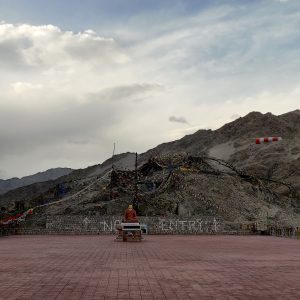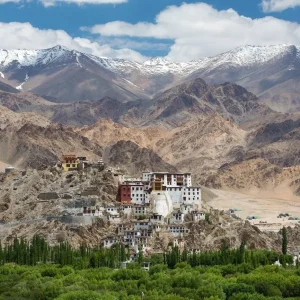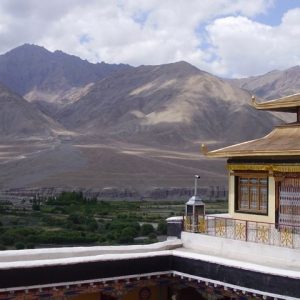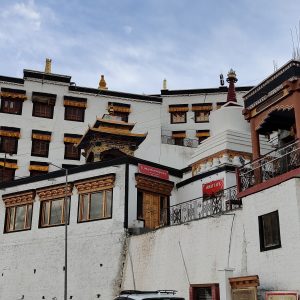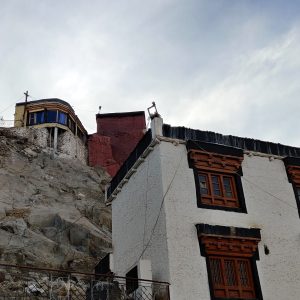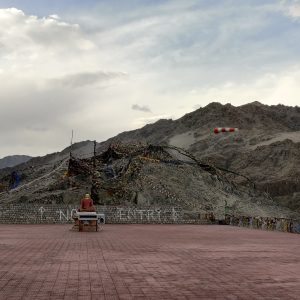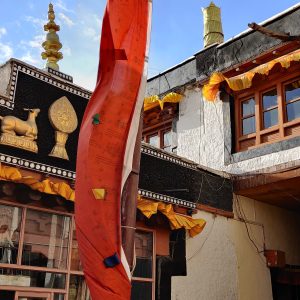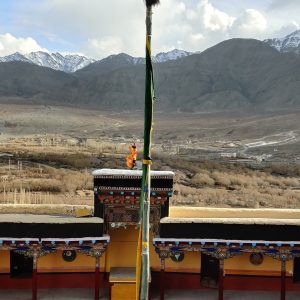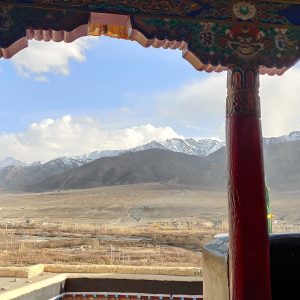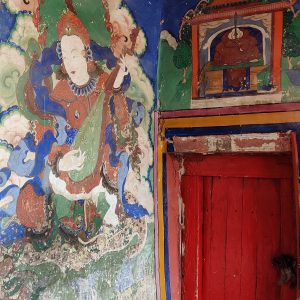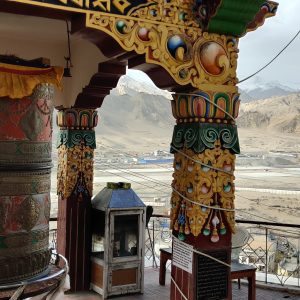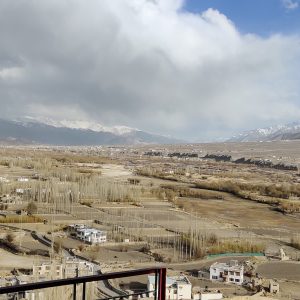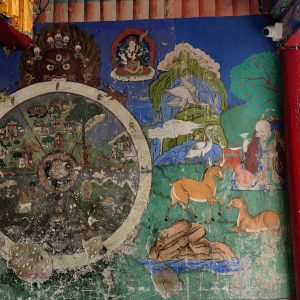Architectural Features and Layout
Khaltse Fossil Hill is a natural and geological site located in the Khaltse region of Ladakh. It does not feature traditional Tibetan or Buddhist architectural elements, as it is not a man-made structure. Instead, its significance lies in its natural rock formations and the presence of marine fossils dating back millions of years. The hill consists of visible geological strata spread across its slope.
Main Fossil Zone
The main attraction at Khaltse Fossil Hill is its fossil-rich rock layers, where ancient marine fossils such as ammonites and shell imprints have been discovered. These fossils are remnants from a time when the region was submerged under an ancient sea. Several areas on the hill showcase fossil evidence embedded in sedimentary rocks, making it a fascinating spot for geological exploration.
Cultural Significance
While the site holds little religious significance, it is extremely valuable from a scientific and educational perspective. It attracts researchers, geology students, and curious travelers who are interested in the Earth’s ancient history. For many, the fossils serve as a tangible link to the prehistoric world and the evolution of the Ladakh region.
Fort-like Structure
There are no fortifications or monastery structures at the site. However, the hill’s rugged terrain, with layered rock formations and steep inclines, gives it a natural fortress-like appearance. These formations were shaped by millions of years of erosion and tectonic activity.
Roof and Viewpoints
From the top of Khaltse Fossil Hill, visitors are treated to sweeping views of the Khaltse village, the Indus River, and the surrounding landscapes along the Leh–Srinagar highway. The elevated position offers a panoramic view of Ladakh’s dramatic terrain, making it an excellent spot for nature photography and observation.



